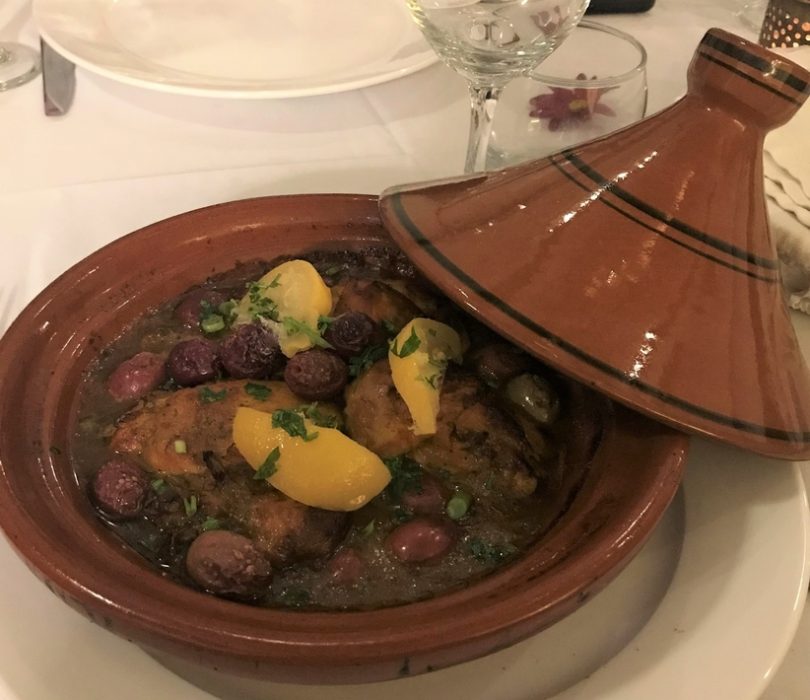In the fourth part of her multi-story series, guest blogger Silvia Latour explores Moroccan Tagine. In part one she shared important information all travels should know before going, like whether they need specific vaccinations. Part 2 delves into why she chose a small group tour for her Morocco trip and part 3 explored Moroccan Riads.
—
Tajine? Tagine? However you spell it. It’s delicious.
This is the tastiest installment about my Moroccan trip. As I sit back thinking about all the Moroccan food, I am already craving food I can’t get at home!
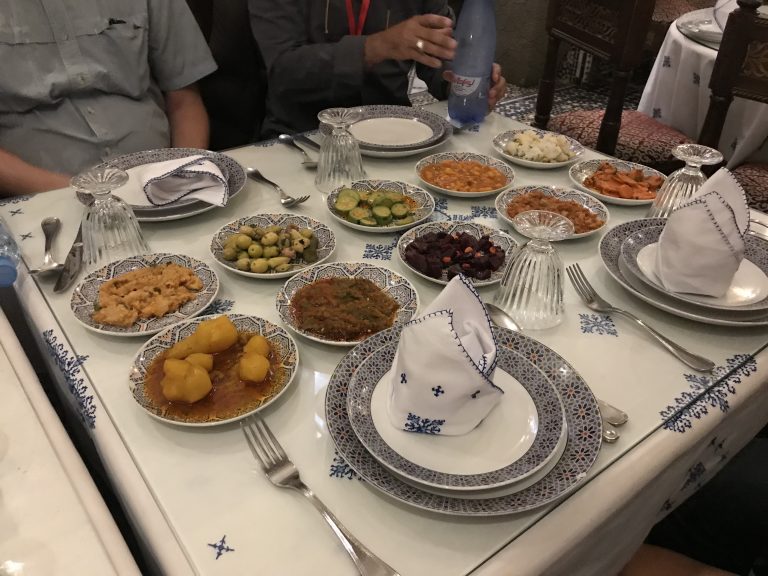
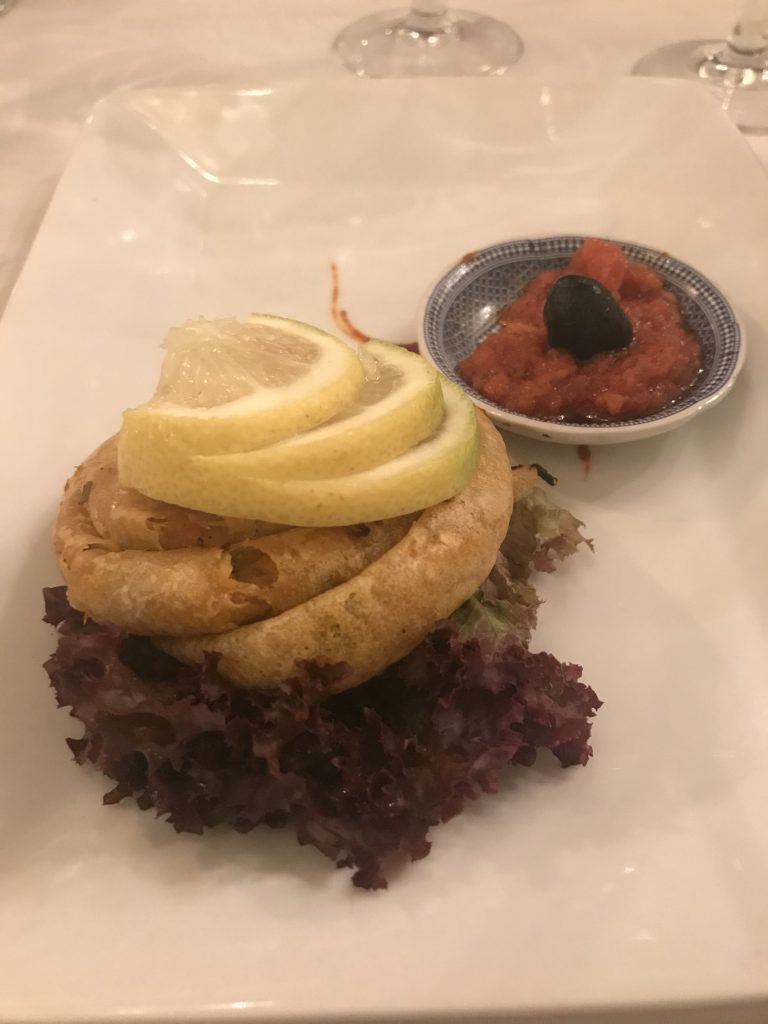
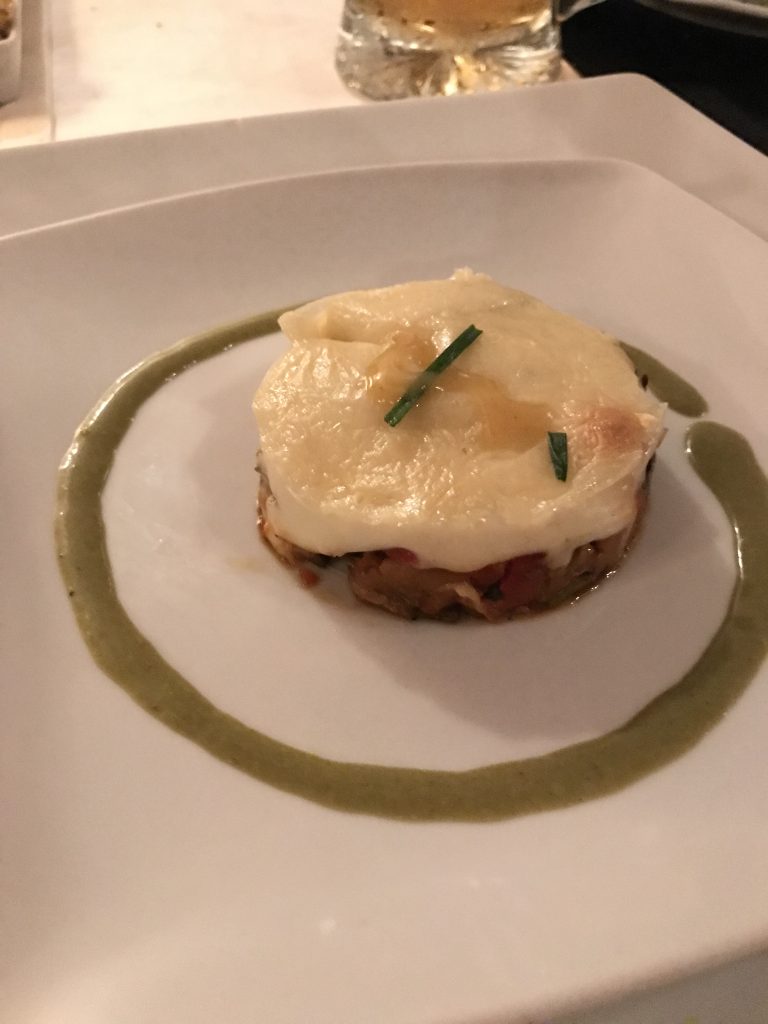
As I wrote before, we spent our first night at an amazing Riad. In case you didn’t read the last story, a Riad is an old stately home that is now a Moroccan bed and breakfast of sorts. It was at our second beautiful Riad that I saw it on the menu… TAGINE!!! YAY! Well, it made for an easy choice. How does one go to Morocco and not experience tagine? That would be like coming to Montreal and not experiencing Poutine! Little did I know then that tagine is the poutine of Morocco. You can get it in most restaurants and like poutine, it can vary in quality and flavor. Yes I know they sound similar and we joked there should be a poutine tagine, but the difference between them is that tagine, unlike its French Canadian cousin, is basically healthy! It’s chicken cooked in spices and vegetables.
A tagine dish looks like a low bowl but has a chimney looking lid to it. Quite unique, I think. Depending on the size of the tagine, it can be a single serving or for a family. Anyway, back to the Riad….I ordered the chicken with lemon and olives tagine. It was melt-in-your-mouth delish. Move over poutine, you have competition for my favorite food. Oh, and before the main dish, we were treated to an appetizer consisting of olives, a squash puree and an avocado dish. At this point, I wanted to move to Morocco.
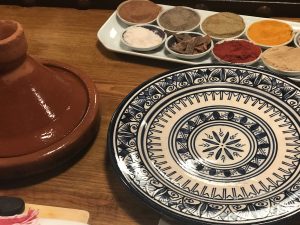
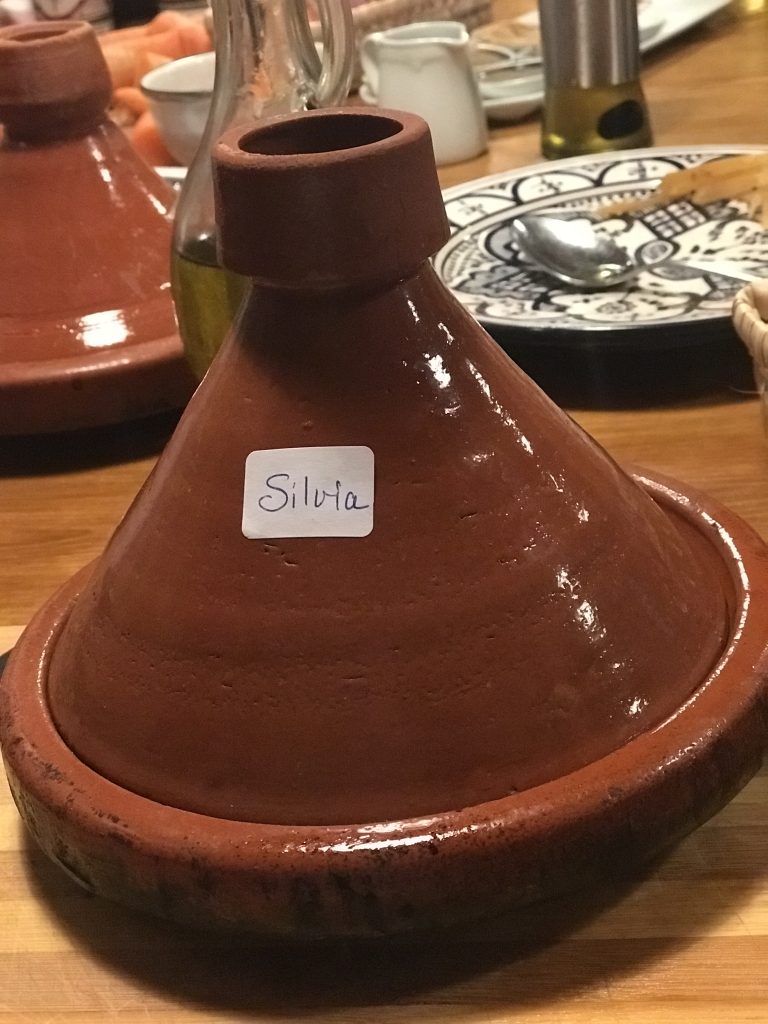
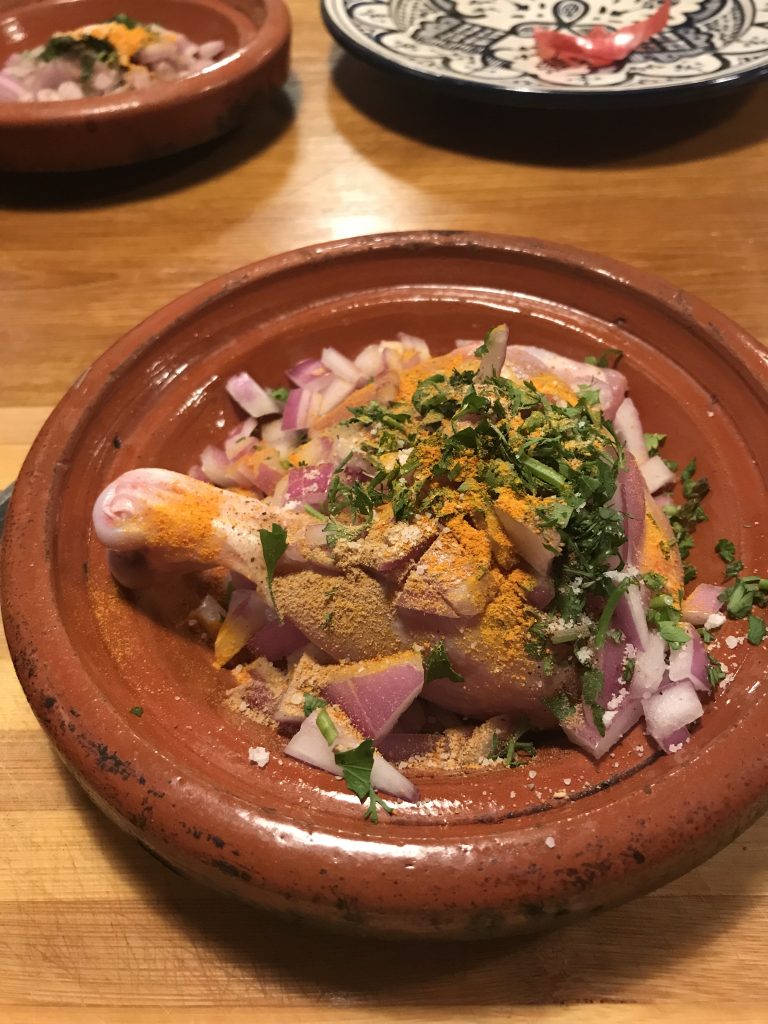
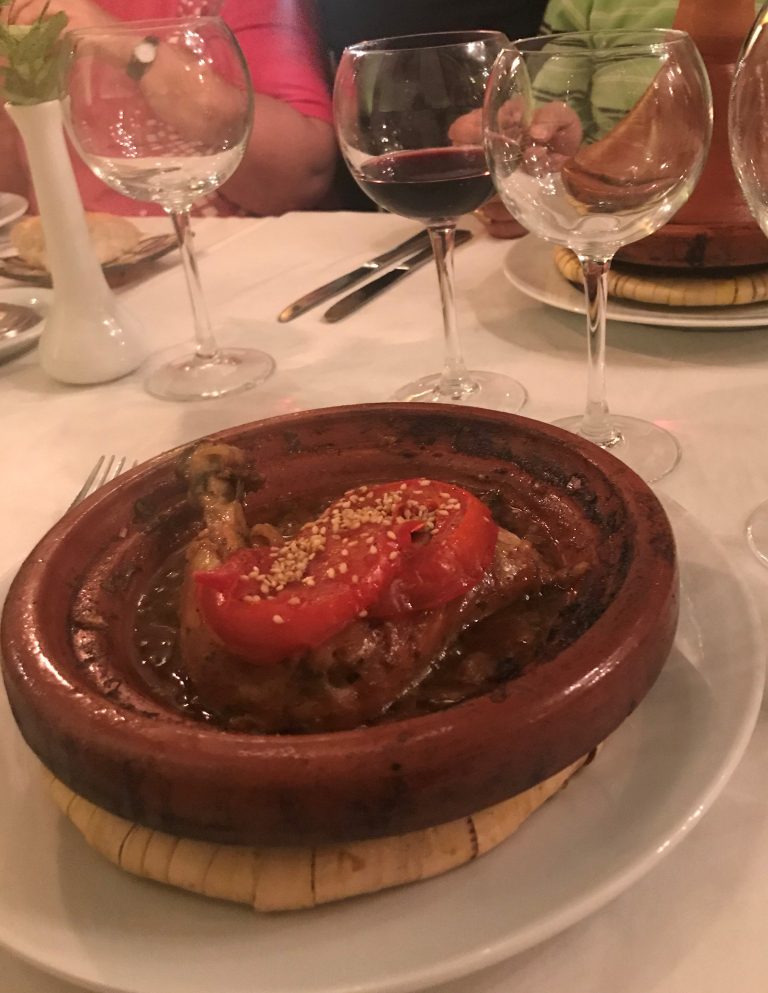
A few of my traveling companions tried the local beer ‘Casablanca’. I’m no beer person so I can’t comment on the quality, but they said it was quite good.
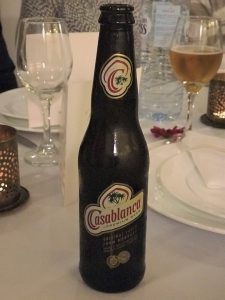
During our trip we had several meals of tagine: chicken, lamb, beef. There was one stop offering camel tangine and I won’t lie, I was relieved that they were out. After all, we were going to be riding camels in a couple of days. Didn’t feel right.
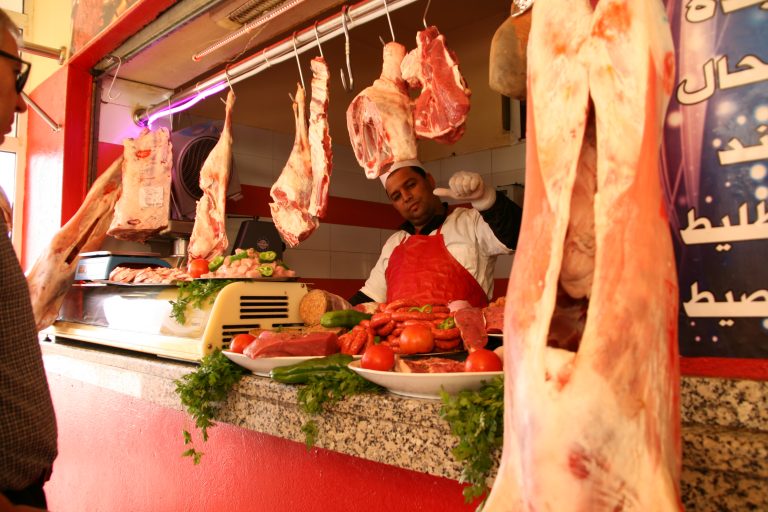
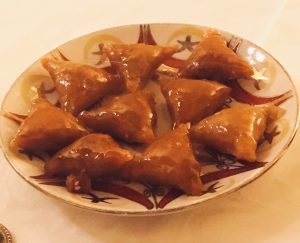 Now, you may or may not know from my bio that I like to bake. So, when it came to sweets in Morocco, I took an analytical approach and told myself I would be recreating all of these delicacies when I returned home. Of course, since I have come back to reality I haven’t … but I’m still planning. Among my favorites were what I called triangles (because I could not remember the name…Briouats). These tiny triangle treats were what I would equate to Moroccan baklava. They are made with phyllo-like dough with nutty cardamom-almond center fillings and honey coatings. When in Morocco you will find them everywhere, in restaurants, markets and even the airport! I picked up some at the airport and brought them home for friends and co-workers. Very yummy!
Now, you may or may not know from my bio that I like to bake. So, when it came to sweets in Morocco, I took an analytical approach and told myself I would be recreating all of these delicacies when I returned home. Of course, since I have come back to reality I haven’t … but I’m still planning. Among my favorites were what I called triangles (because I could not remember the name…Briouats). These tiny triangle treats were what I would equate to Moroccan baklava. They are made with phyllo-like dough with nutty cardamom-almond center fillings and honey coatings. When in Morocco you will find them everywhere, in restaurants, markets and even the airport! I picked up some at the airport and brought them home for friends and co-workers. Very yummy!
Another top favorite that I had 3 times, but not on the same night, was Ktefa. Ktefa consists of layers of crispy flaky pastry, which was again phyllo-like. Between the layers was chopped almonds and a fresh pastry cream and orange blossom water. To.Die.For. Seriously, it was amazing!
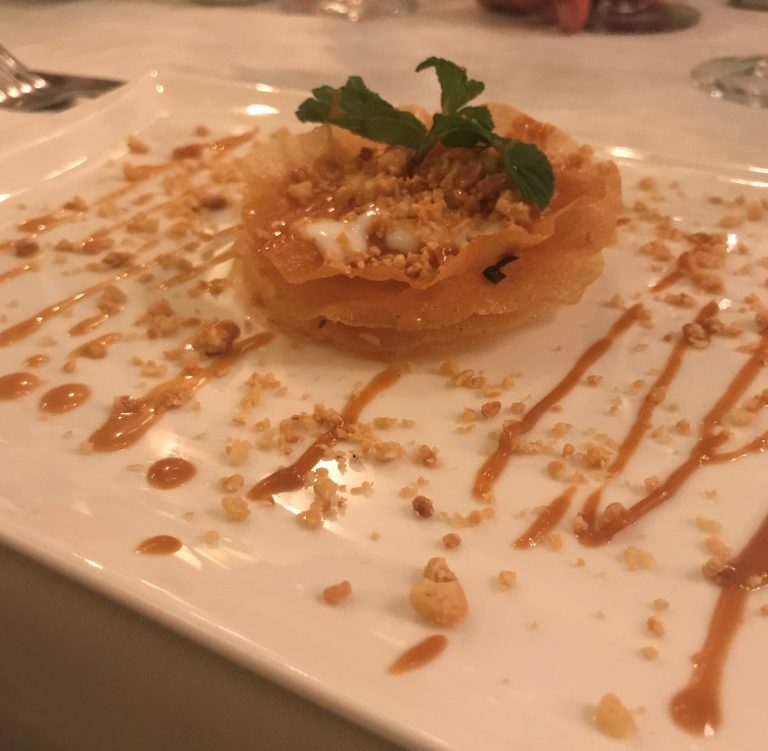
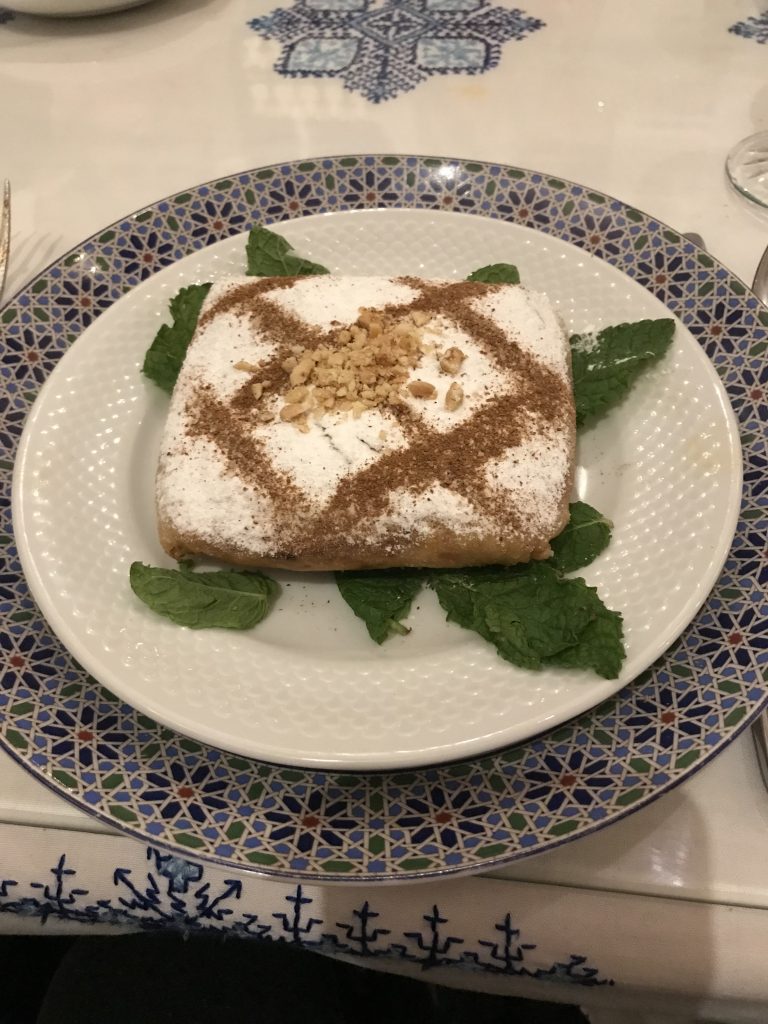
Finally, to round out my top three, my fellow travelers would not forgive me if I did not mention the coconut cookies. We had these at a restaurant in the old Fez medina. They were so good we were fighting over who would take the 3 last ones to go. The owner thought our cookie appreciation was so funny, he brought out more. These cookies (Ghriba) were soft and crumbly and all things coconut. Don’t like coconut? No problem. I will have your cookie. These ones I want – correction – will make.
Before bringing you back to the land of savory, I have 3 healthy mentions in the sweet department: dates – everywhere and exceptional, cactus fruit – exotic and available but my top top top favorite was the yellow pomegranate. Why are we eating the red ones? Perhaps the Moroccans want to keep all the yellow ones. Very smart. They are larger, sweeter and just pack with nutrients. If you find them here, please let me know.
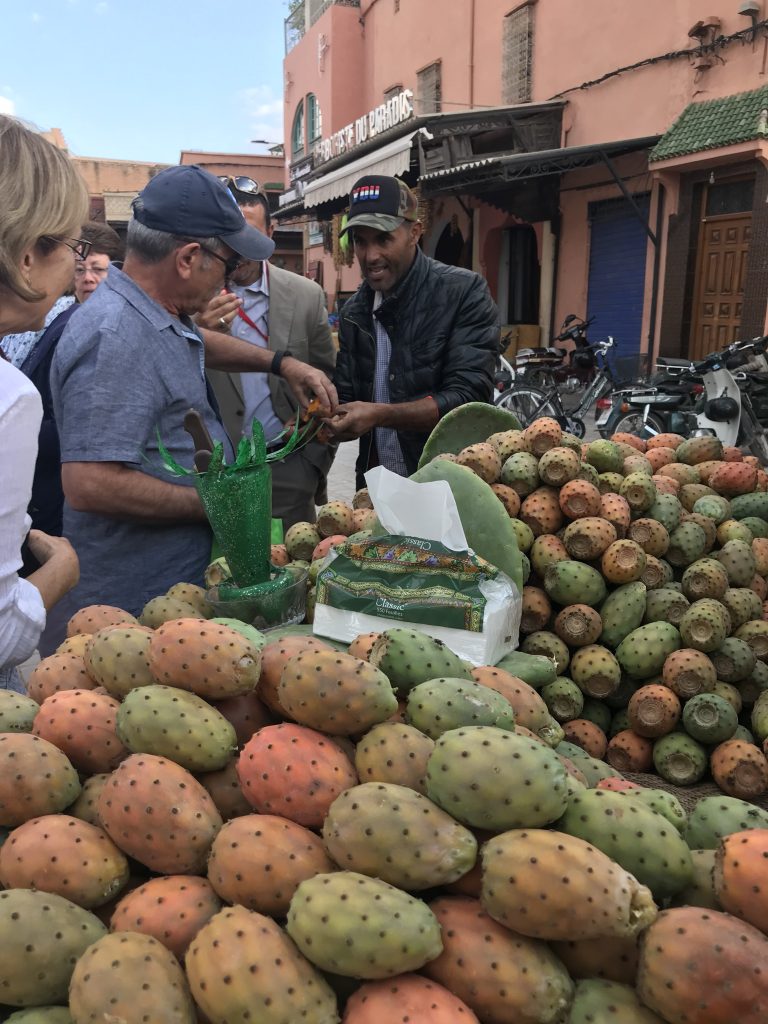
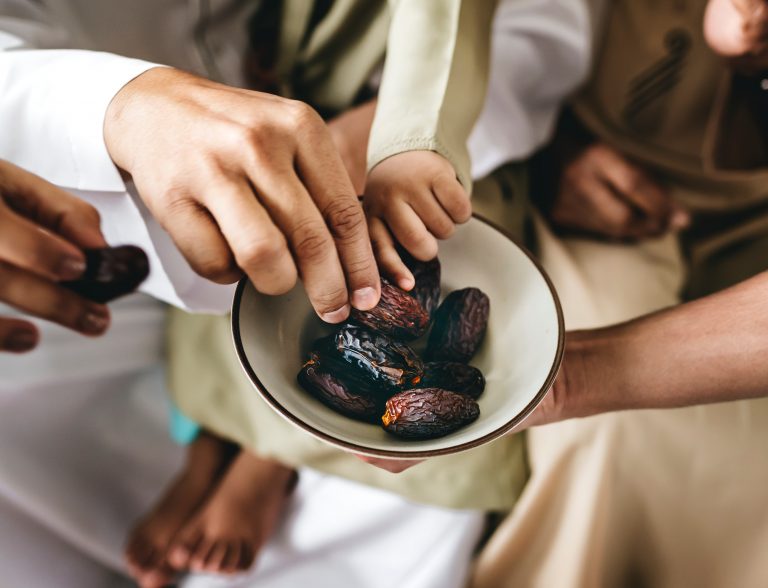
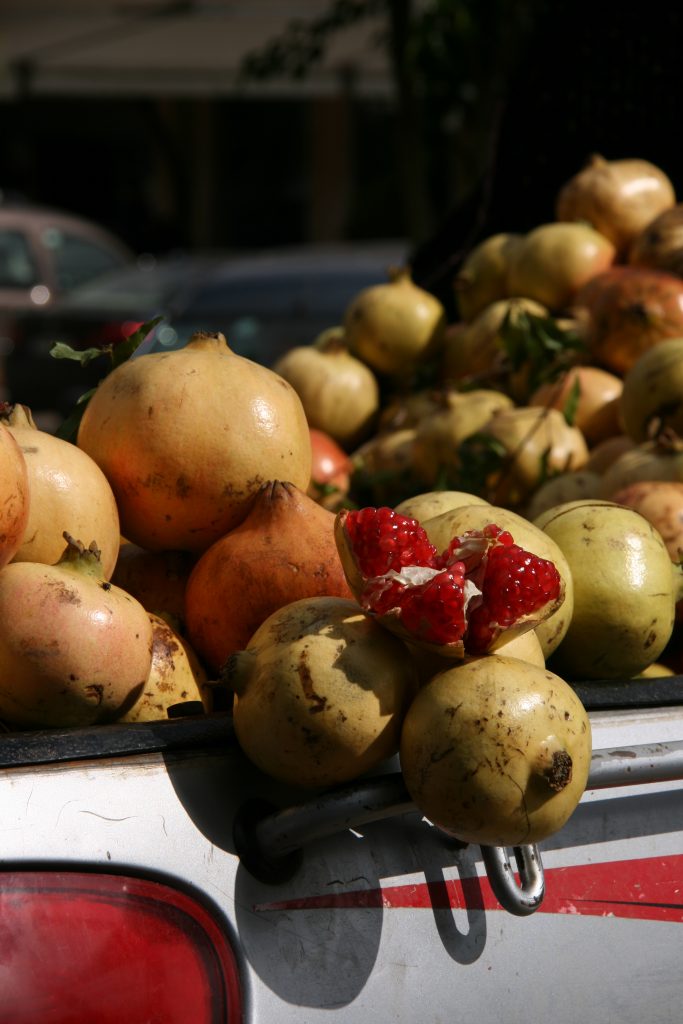
Now we didn’t just have dessert. Another excellent Moroccan meal is savory pastilla, vegetables in a flaky pastry that is baked. The major spice in a pastille is often cinnamon. This might sound like an odd mix, but it is very tasty and satisfying.
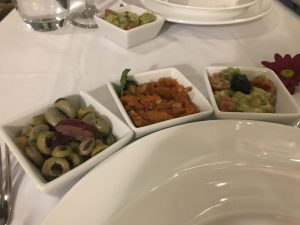
Can we talk about Moroccans and bread? They love bread. Love it. And the reason? They 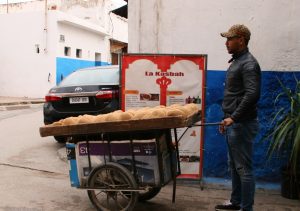 make it so well it. Their bread has a richness akin to a sour dough, yet remain pillowy soft. It is so tasty many meals start with bread and olives. Nothing wrong with that. Want to try making your own Khobz – traditional Moroccan flat bread? Try this recipe for a taste of Morocco.
make it so well it. Their bread has a richness akin to a sour dough, yet remain pillowy soft. It is so tasty many meals start with bread and olives. Nothing wrong with that. Want to try making your own Khobz – traditional Moroccan flat bread? Try this recipe for a taste of Morocco.
My final note on the topic of food (because now I am drooling on my keyboard), is breakfast. It’s the oddest thing! At breakfast they provide us with coffee, we are North Americans after all, orange juice and of course, mint tea. To eat, and here is where things get weird: bread, crepes, a type of flat bread, cake, buns with a variety of jellies or honey….some places offered yogurts and sometimes we even had a single hard boiled egg each. Hmmm…very wise I think because by lunch, you were craving protein and what better way to satisfy hunger with a nice healthy tagine! Yay!
 Guest Blogger
Guest Blogger
Silvia Latour lives in Montreal, Quebec. She currently works as a Sales Specialist and Business Intelligence Analyst for a major Pharmaceutical Company. She enjoys spending time with friends & family, travel, photography, volunteering and baking. Her life philosophies include: So many places to go and so many things to bake! Shoot with a camera and be kind. Follow her sweet creations on Facebook.
Part One: You had me at camel… Morocco: What You Need to Know Before Going
Part Two: Small is Beautiful: The Benefits of Small Group Tours
Part Three: Moroccan Riads… More Please

